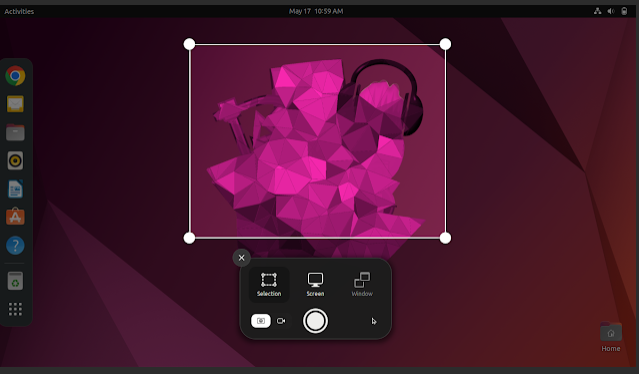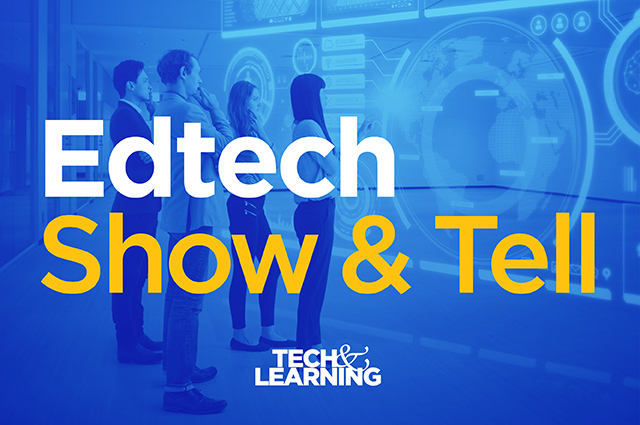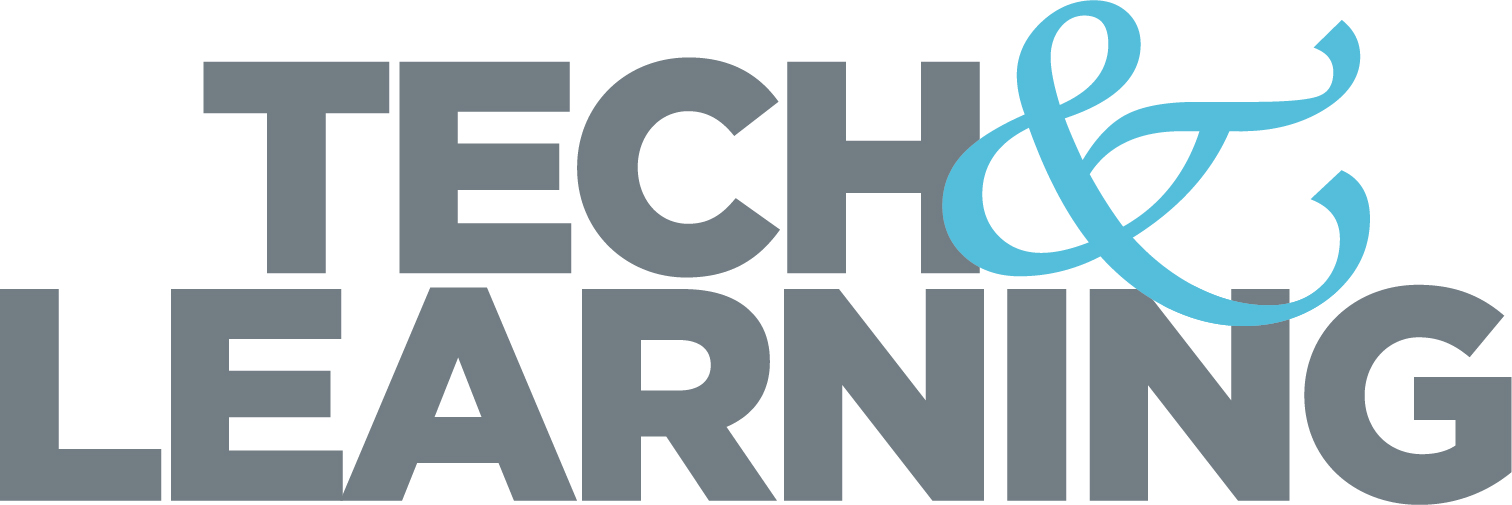What is Ubermix? The School-Centric Operating System Explained by Its Developer
Edtech leader Jim Klein developed Ubermix to create an affordable way to provide students with robust computing power.

Ubermix is a free, open-source operating system developed specifically for education by Jim Klein, chief technology officer at Las Virgenes USD in Calabasas, California.
The Linux-based operating system is used by more than 60 school districts. Because it is free, districts that use Ubermix don’t have to pay for expensive software licenses. By using Ubermix, schools can equip students with a laptop or desktop for about the same price as it would cost to purchase Chromebooks, except Ubermix-powered devices have more robust capabilities, Klein says.
Klein, who won the most innovative CTO award at a recent Tech & Learning Regional Leadership Summit in California, shared the Ubermix story and discussed ways in which school districts can make use of the open-source software.
What is Ubermix and How it Was Developed?

Klein came up with the idea for Ubermix while working for the Saugus Union School District in the late 2000s. Since the 1990s, Klein had been an advocate for open-source software in education and realized that a free operating system would be a low-cost way to provide powerful devices to students. “We were trying to find a way to maximize our funds and get as many laptops into kids' hands as we possibly could,” he says.
With the help of the Enhancing Education Through Technology program, Klein began to build an operating system. “The challenge that people have with open-source software, in general, is the complexity of it,” Klein says. “So I tried to build it in such a way that it was not complex that anybody could do it, that it could be installed on computers at scale.”
The result of the ease-of-use philosophy is an operating system that is designed to be as simple to navigate for students and teachers as a cell phone. In addition to price and functionality, working with an open-source operating system also gives kids the opportunity to learn more about computers. “They can get underneath it and know it,” Klein says. “It's not just a black box that's owned by somebody else, or that someone's profiting off of your identity, or profiting off your information. It's all yours.”
Why Ubermix Is Still Useful in The Age of Chromebooks
Ubermix debuted prior to the widespread availability of Chromebooks, but Klein says a computer running with Ubermix still has advantages over a Chromebook.
Tech & Learning Newsletter
Tools and ideas to transform education. Sign up below.
“As much as the dream of Google is that you can do everything in a browser, you can't,” he says, pointing out that few adults use Chromebooks as their primary devices. “It's all about the difference between a student-centric approach to technology and a teacher- and an adult-centric approach to technology. If your entire focus on your technology deployment is how can I make this easier for the adults in the organization, your focus is wrong. The focus should be 'How can I make this better for kids in the organization? How can I give them access to the broad set of tools and those broad sets of capabilities? I want a full version of the video editor in there. I don't want a crappy web browser version, I want to have local storage, I want to be able to actually program and code underneath everything, not rely on a web browser.'”
Klein’s advice to district leaders interested in Ubermix is to find an old computer or desktop around the office and install the system on that device and then start experimenting with it. And make sure to see what students think.
“Let kids play with it, let kids get their hands dirty and figure out how it works,” he says. “One of the things that we so often in education don't do is we don't trust kids enough to solve their own problems and figure out and find their own solutions to things.”
Erik Ofgang is a Tech & Learning contributor. A journalist, author and educator, his work has appeared in The New York Times, the Washington Post, the Smithsonian, The Atlantic, and Associated Press. He currently teaches at Western Connecticut State University’s MFA program. While a staff writer at Connecticut Magazine he won a Society of Professional Journalism Award for his education reporting. He is interested in how humans learn and how technology can make that more effective.










